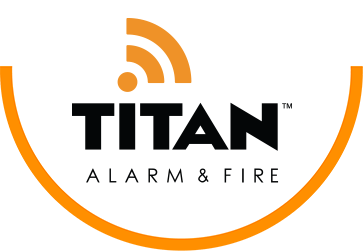Fire is a very real threat that can have devastating consequences for businesses. According to U.S. Fire Administration statistics, there were approximately 98,800 fires to nonresidential structures in the United States in 2016, resulting in 145 deaths, 1,550 injuries and more than $2 billion in property damage.
Adhering to all fire and building codes isn’t enough to keep your business property safe. You also need to take a proactive approach to fire prevention every day. Easy-to-implement fire protection tips include:
- Keep all work areas and equipment clean: The U.S. Fire Administration points out that insufficient cleaning is the leading cause of workplace fires. Make sure that trash, paper, scrap and debris are properly stored or disposed of, and that all equipment and machinery is thoroughly cleaned and maintained.
- Don’t neglect your heating system: Business owners in southern Arizona sometimes overlook heating unit care because the systems are not used as frequently as in colder climates. However, an improperly maintained system can overheat and cause a fire. Have your unit tuned up by a professional once a year, just before the colder weather arrives. Change the filters according to the manufacturer’s recommendations.
- Keep the kitchen neat and organized: If yours is like many business facilities, several workers share a kitchen or breakroom. Appoint an employee to monitor the kitchen to make sure cooking appliances are being used safely and that everything is put away properly.
- Check the wiring: Perform regular electrical system checks to find loose or frayed wiring, and perform replacements or upgrades as necessary.
- Monitor smoking: Make sure that all smokers stay in the designated smoking areas in and around your facility and have someone monitor them for smoldering butts or ashes.
- Limit the charging of electrical devices: Many employees these days charge their smartphones and tablets while they’re at work. You don’t have to prohibit this practice — provide designated areas for chargers to prevent explosions that can lead to fires.
Contact Titan Alarm, Inc. for more advice regarding how to fireproof your Phoenix, Mesa, or Tucson, AZ-area business establishment. We’ll also be happy to fire a no-obligation fire prevention consultation.
Learn More About Fire Protection
Updated by Titan Alarm on November 5, 2018.














